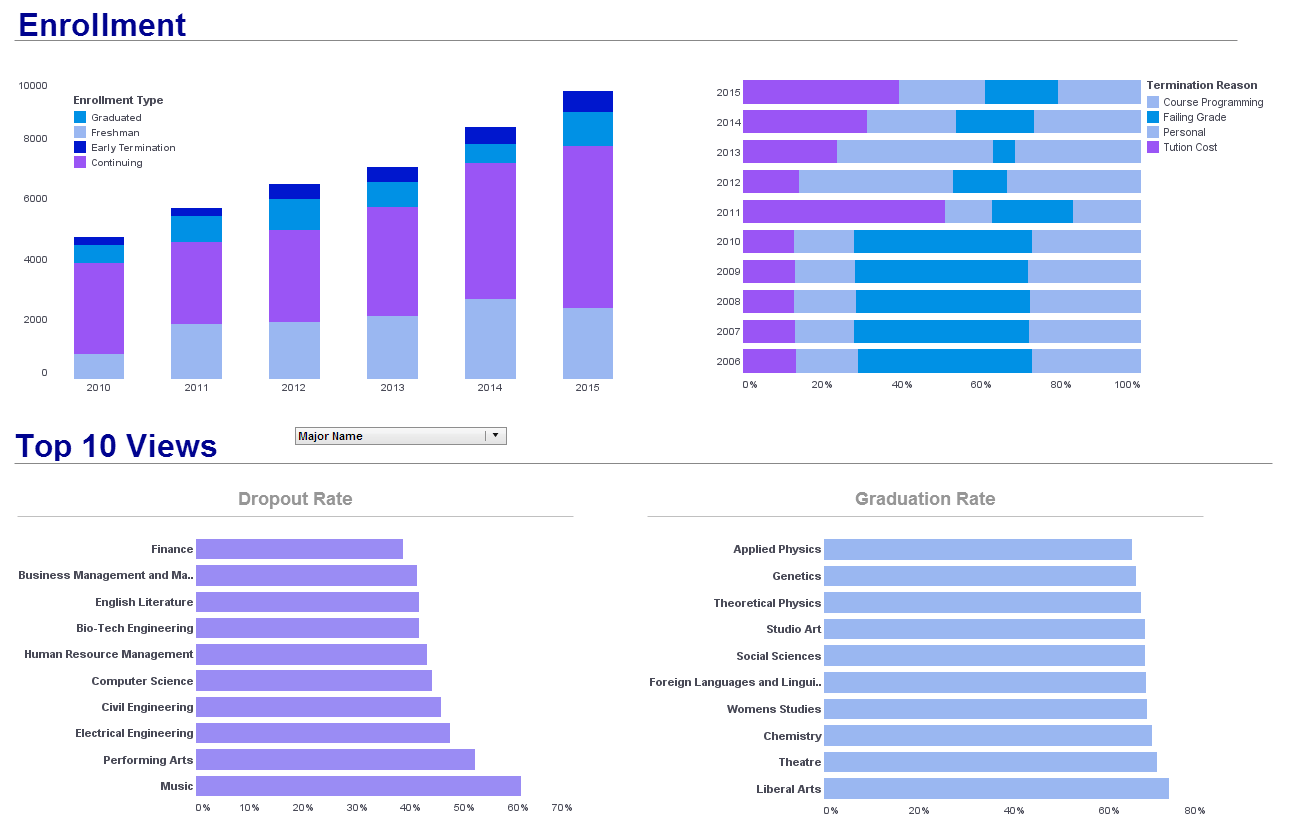Merging Data Visualization with Operational Intelligence
This is the continuation of the transcript of DM Radio’s program titled “What You See Is What You ‘Get’ – How Data Visualization Conveys Insight,”
Eric Kavanagh: Right. Okay, folks. Moving right along, our next guest some of you who have been around for while may recognize the name as a co-founder of that company called TIBCO. It is a prominent player in the world of enterprise technology these days. Dale Skeen now the head of Vitria -- welcome to the DM Radio.
Dale Skeen: Oh thanks, Eric, thanks for having me today.
Eric Kavanagh: Sure thing. So I know you guys focus on operational intelligence such as streams of data, understanding what’s going on, and what you can do about it. How does data visualization fit into that world?
Dale Skeen: Actually, I think operational intelligence starts and stops with visualization. When we look at operational intelligence there are about three capabilities.
The first is the visibility of the data itself. This is actually because we’re looking for operational data from systems that can be your transactional systems. It’s not always apparent or recorded. You first have to be able to extract that information just to make the raw data physical.
 |
View live interactive examples in InetSoft's dashboard and visualization gallery. |
Add Insight to Analytics with Context
But to add insight to that you have to add analytics and, more importantly, context -- whether it’s a business context or if you are looking at a transaction then process context. And you have to do it in a way that makes sense to the dashboard users. So, data visualization starts with just seeing the data. Then with operational intelligence you can also add the insight and the ability take action to that.
Eric Kavanagh: Yeah and so what are some examples of things that you might see if you are focused on analyzing what's going on in your organization? Obviously a new number of industries come into mind -- certainly financial services -- but what are some good examples of what someone might see through a visualization tool? Then what would they do about it?
Dale Skeen: Well typically we focus more on the real time aspect of the business. These are things that you won’t monitor because seconds to minutes count. The financial trading situation you just mentioned is a good example.
For instance, look at buying to trades risk. Another example is security -- whether cyber security or physical security. So there you may want to look at anomalies--people are trying to log in, maybe want to look at the higher level, the incidences such as how inflation spreading. You want to have visualization that shows relationship between the entities whether it's the hackers or if the machines themselves are being compromised.
A lot of times we see that our customers are trying to visualize what's happening with their business transaction because for a lot of Indian business transactions, for example, it is automated in multiple systems.There is no view of what’s going on. And so they won’t visualize that and then relate that to a context of process objectives as well as business objectives or business goals.
| Previous: How to Best Utilize Your Data Visualization Tool |


